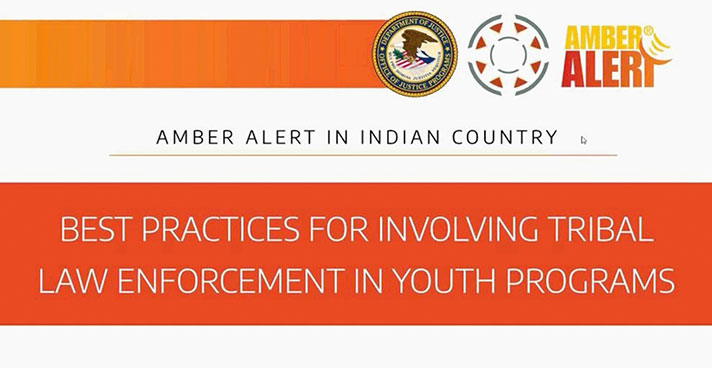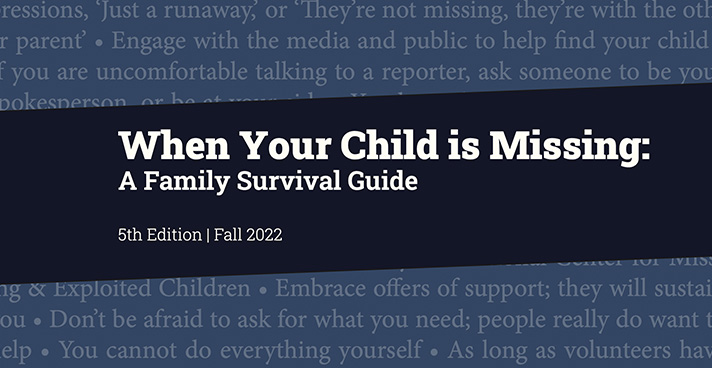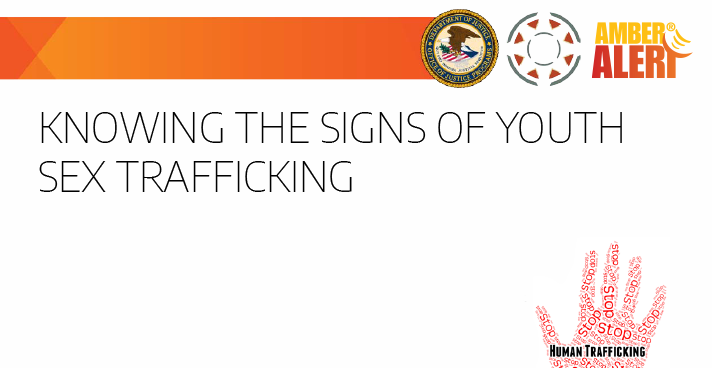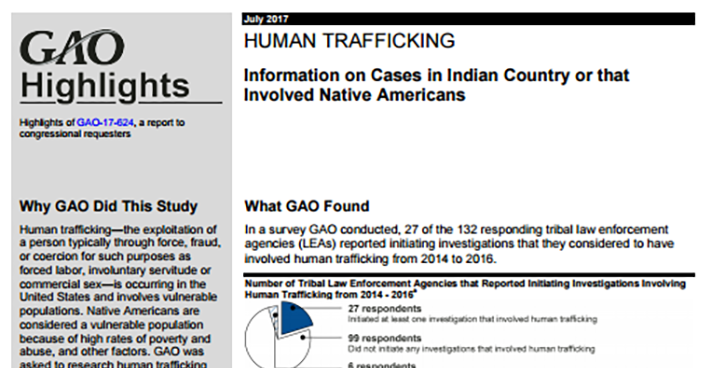AIIC Technology Toolkit Inventory
A part of the AMBER Alert Training and Technical Assistance Program’s AMBER Alert in Indian Country (AIIC) Initiative mission to provide tribes with critically important resources for effective response to endangered missing and abducted child cases, new technology toolkits have been developed and are being delivered to tribal law enforcement agencies.
View the Resource







































































